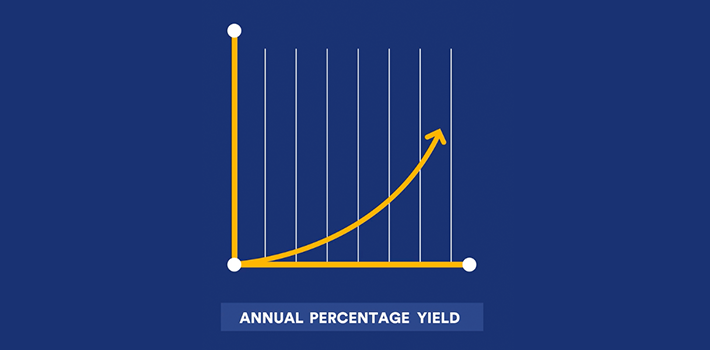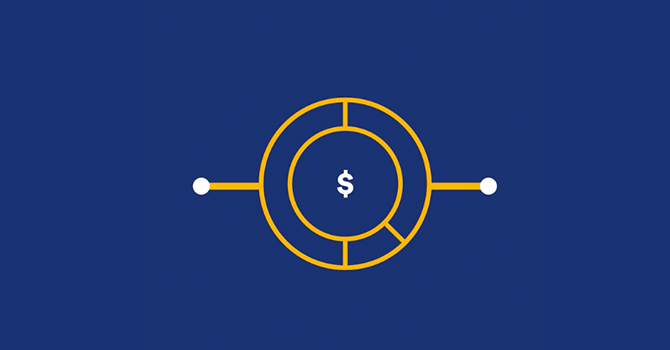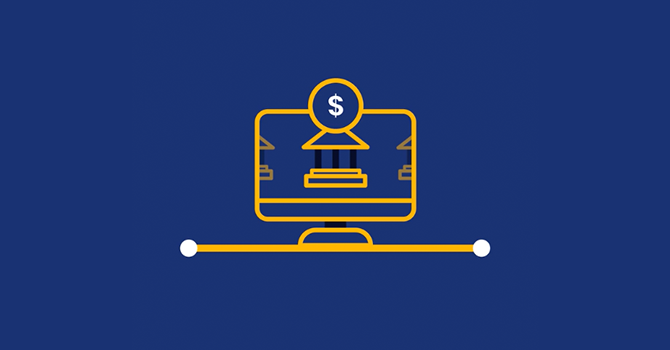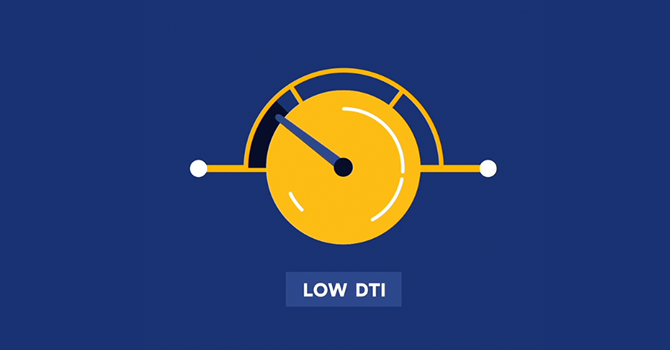What is APY?
Watch to learn how the APY, or annual percentage yield, is calculated on accounts with compounding interest.

Annual Percentage Yield Explained
APY, short for annual percentage yield, gauges the earnings over a year on an investment with compound interest, like a high-yield savings account.
APY, or annual percentage yield, measures the amount you’ll earn over 12 months on an investment that pays compound interest — such as a high-yield savings account (HYSA).
Choosing investments that offer compound interest vs. simple interest can help you get a higher return on your money. For example, if you have a $10,000 bond that pays 5% simple interest over 30 years, you’ll earn $15,000 in interest over that period. Put that same amount in a bank account with a 5% APY, or 5% interest compounded yearly, and you’re walking away with an additional $33,219.42 —more than double what the bond paid out!
The more frequently your interest is compounded, the higher your APY, and the more you could earn.
Is APY the Same as APR?
APY and APR (Annual Percentage Rate) are different.
APY reflects interest earned, including compound interest, while APR represents interest owed, accounting for additional fees.
APY can be earned on financial tools like HYSAs or certificates of deposit (CDs). APR applies to amounts owed on instruments like mortgages or credit cards.
Learn more about the differences between APR and APY.
Understanding APY
By understanding APY you are better equipped to make informed decisions that are aligned with your financial goals, and you could accelerate your earning potential.
Don’t miss the latest financial resources.
This site is protected by reCAPTCHA and the Google Privacy Policy and Terms of Service apply.
Get tailored Laurel Road resources delivered to your inbox.
Search Results


